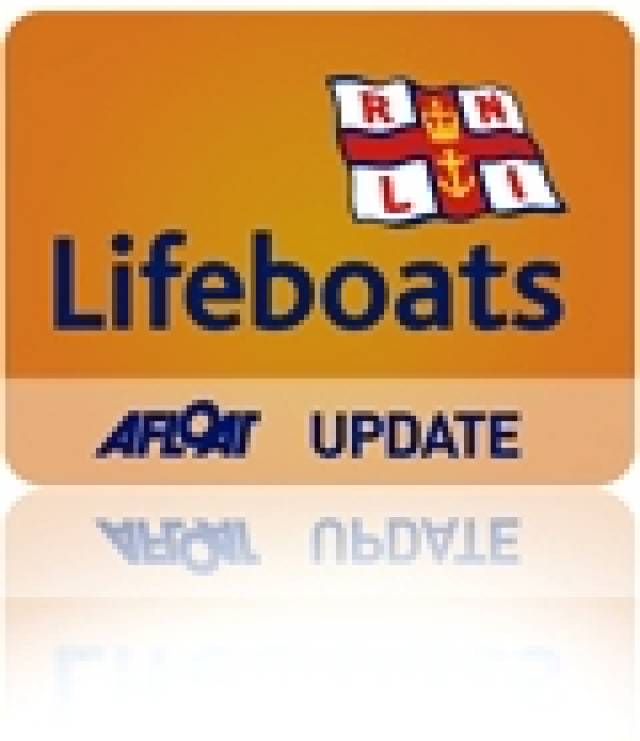The warm weather has brought on a string of incidents for Swansea Coastguard, who this afternoon have co-ordinated several rescues, including three missing children, a capsized kayak and an injured jet-skier.
Several resources in particular were sent by Swansea Coastguard to assist in the search for a 5-year-old girl at Burnham-on-Sea beach this afternoon. The girl was reported missing via a 999 call to the Coastguard made by her father at 20 past 2. Swansea Coastguard sent Coastguard Rescue Teams from Burnham-on-Sea and Weston Super Mare, as well as the Burnham Hovercraft, Avon and Somerset Police (including their helicopter), and the two Burnham RNLI inshore lifeboats to perform a shoreline search at Berrow at Burnham-on-Sea.
After an hour-and-a-half of searching the girl was located by Police units who found the girl with a beach warden and returned her safely to her family.
Swansea Coastguard also co-ordinated the searches of a missing 6-year-old girl this morning, also at Burnham, and a missing 5-year-old boy at Rhossili.
In other incidents, a kayaker was rescued by the Mumbles RNLI lifeboat after capsizing and Rhossili Coastguard Rescue Team were sent to the rescue of a female seriously injured in a jet ski incident on the beach at Port Eynon, Gower. The Coastguards assisted paramedics to evacuate the female onto the air ambulance, where she was taken to hospital.
Swansea Coastguard Watch Manager Dai Jones said:
“We have had an extremely busy afternoon, with many incidents brought on by the warm weather. We would like to remind members of the public to be vigilant when taking children to the beach as, on days like this when the beaches are packed with people, it only takes a child to disappear from view for a second before they can become lost.”
































































